Winter Weather Predictions
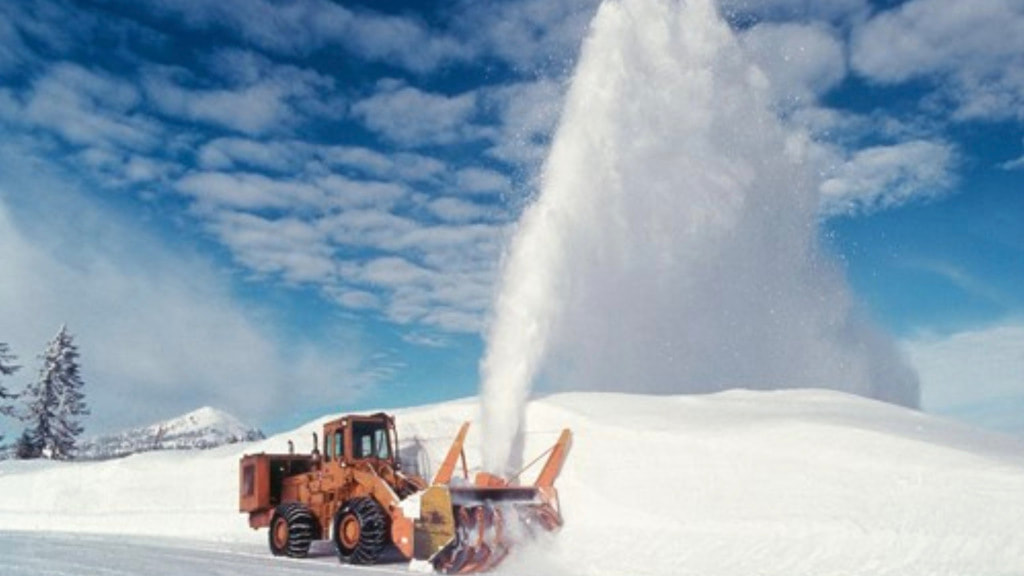
The Farmers’ Almanac (the 1800’s plus old reference for rural families) is calling in its extended forecast for another freezing, frigid, and frosty winter for two-thirds of the country: https://www.farmersalmanac.com/extended-forecast
Then you can rely on the weather people on your television stations. I found the opinions of six forecasters: https://www.nj.com/weather/2019/10/snowy-winter-on-the-way-heres-what-6-forecasters-predict-for-nj.html
This shows me that nobody really knows, and therefore everybody has come to a different conclusion. But we do have lots of weather satellites and computer programs and should be able to make a correct forecast- right? Even the weather people work with different programs. Of the many competing models they use, here in the Northeast, they frequently admit that the ‘European’ model says something else- often more accurately! We’ll get to why this is, shortly.
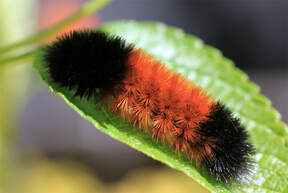
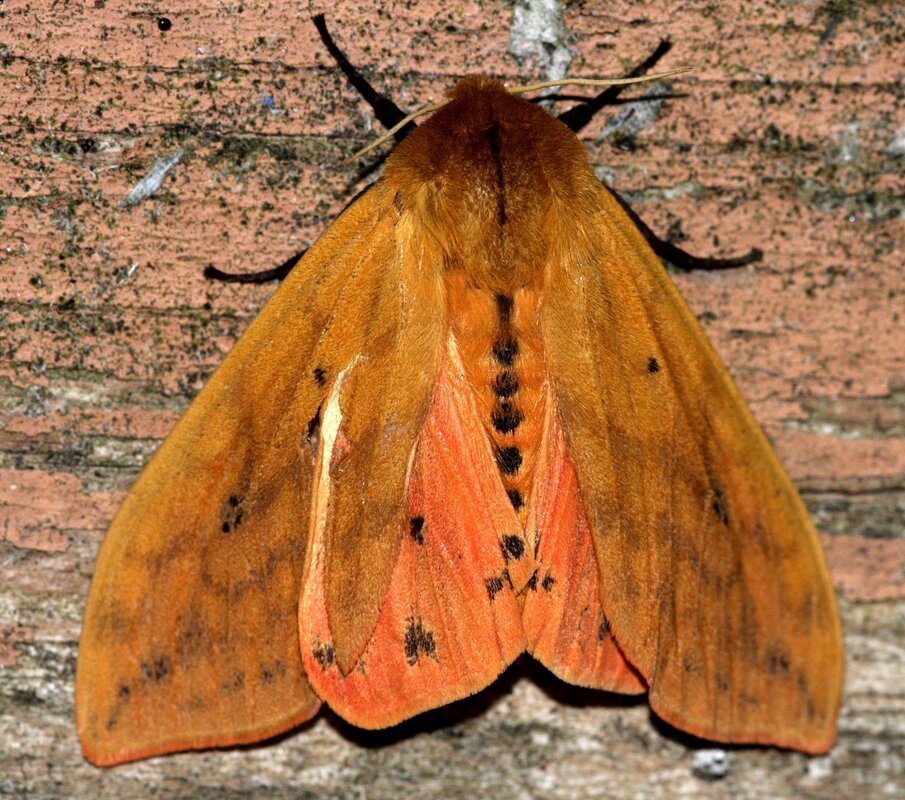
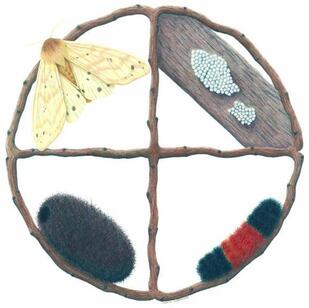
The truth is that the woolly caterpillar can tell you a weather story, but not the one of the approaching Winter. It tells you how the weather was last Spring, during its growing season. When the woolly caterpillar thaws, it builds a cocoon around itself and after some weeks the Isabella Tiger Moths is born. They are active during the night for a couple of days. They mate, lay eggs and die. And the caterpillar cycle starts again. The warmer the Spring is, the wider the stripe will be. And of course, how wide the central brown stripe appears to you as you watch them in the Fall, is very subjective.
There are other folklore predictions. Gorgeous Fall colors predict a severe Winter. Wrong! The color of the leaves is an indication of the current and past weather and not the Winter to come. (see our post of October 2015)
Another one is the prediction of Winter by timing the bird migrations or how many nuts the butternut tree produces. The list of wrong forecasts is long.
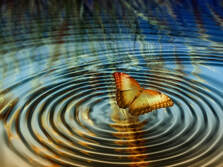
 John von Nuemann
John von Nuemann Many believed that we would even be able to control weather, making rain by seeding clouds, or steering air masses, blocking or dissipating gathering storms. Yet, many decades later, we are only marginally better than when we decided to apply science, rather than listening to the woolly caterpillar.
Our calculations worked! We sent spacecrafts to the ends of our solar system and beyond, over multi-year trips, accurately enough to take stunning photographs of worlds we may never reach! But yet, we could not make very accurate models of local weather on Earth five days out, even with supercomputers?
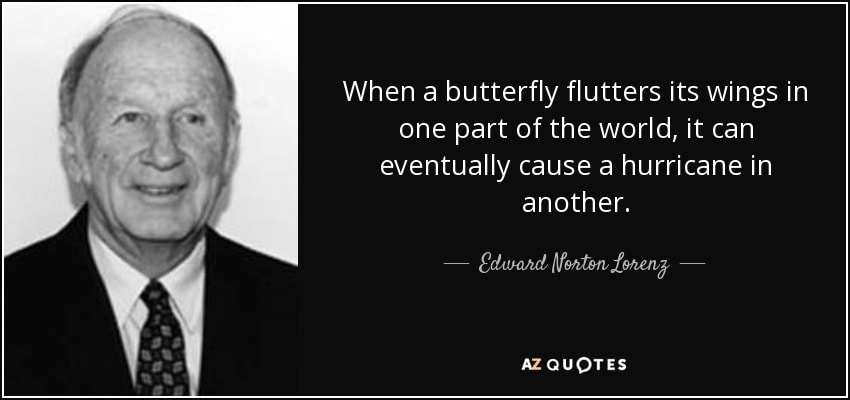

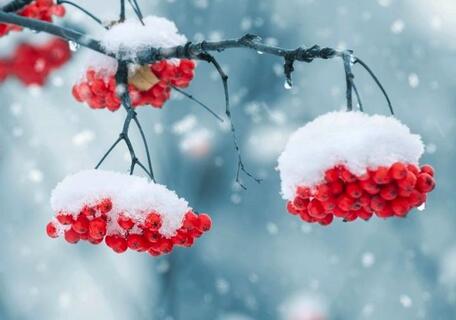
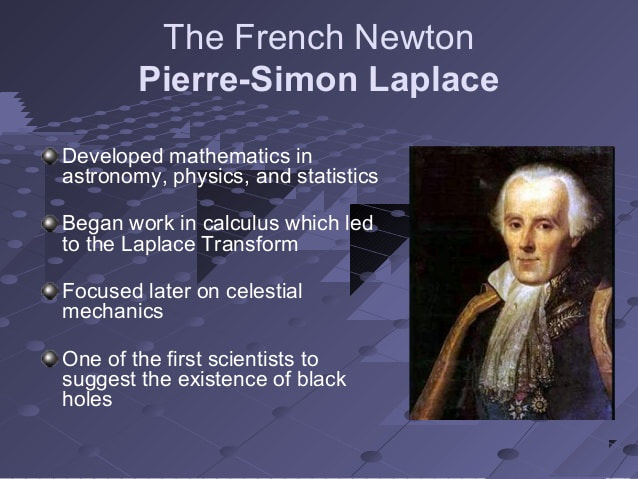
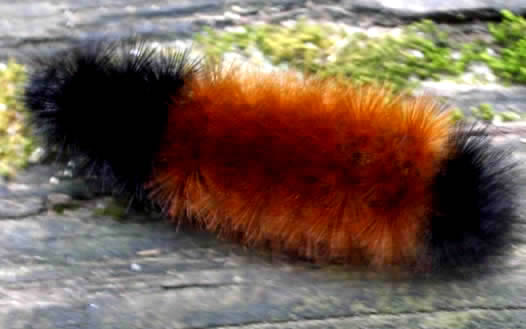
 RSS Feed
RSS Feed